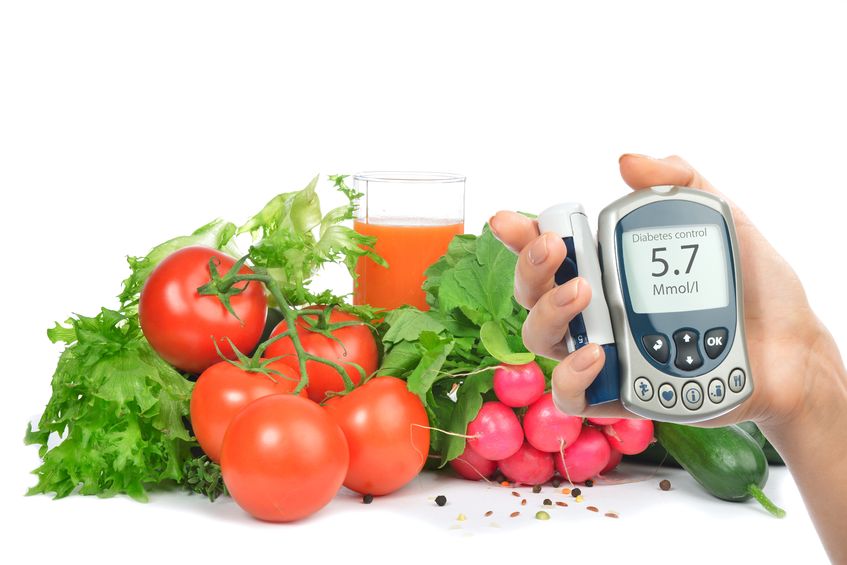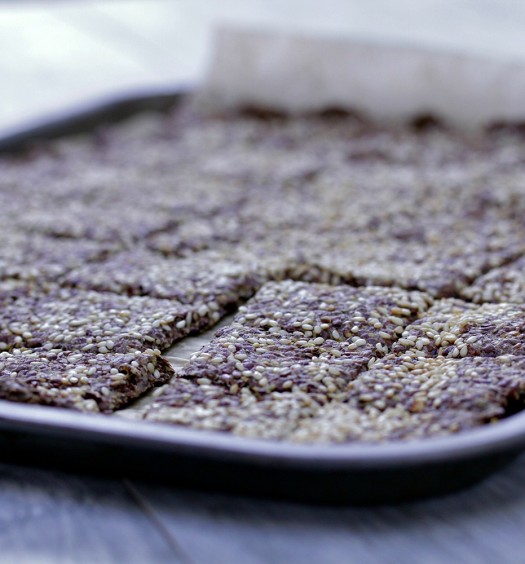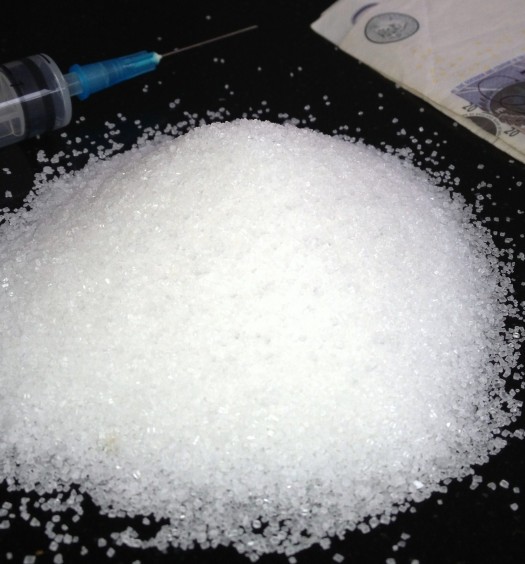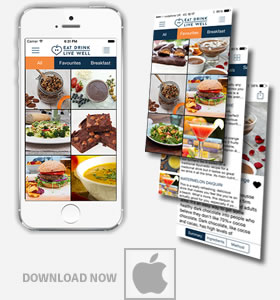The blood sugar roller coaster
The blood sugar roller coaster is such an important concept, fundamental to our health, that I’m afraid I  bore people by talking about it too much. Our blood sugar naturally rises up and down each day – hence the roller coaster analogy. But it should be a nice, gentle roller coaster. For many of us it’s the opposite – and a scary, tall, fast blood sugar roller coaster is nothing but bad news bad for our health.
bore people by talking about it too much. Our blood sugar naturally rises up and down each day – hence the roller coaster analogy. But it should be a nice, gentle roller coaster. For many of us it’s the opposite – and a scary, tall, fast blood sugar roller coaster is nothing but bad news bad for our health.
Imbalanced blood sugar levels negatively impact so many areas of our health, but it is so easy for most people to regain control over blood sugar with just a little knowledge.
Health conditions associated with imbalanced blood sugar levels are many: Type 2 Diabetes, low energy, fatigue, food cravings, low moods, poor concentration, memory and irritability. Sound familiar? But there’s more: weight gain, inflammatory conditions, cardiovascular disease, pre-menstrual symptoms, PCOS and hot flushes can all be influenced by our blood sugar levels.
When we are stressed, take stimulants such as coffee and cigarettes, or eat refined or high sugar foods, the sugar levels in our blood rise.
But our body likes our sugar levels to be nice and even so that our brain gets an even supply of glucose for energy.
When sugar levels are high, the pancreas releases insulin to get it back down. Our body sometimes gets it a bit wrong and produces too much insulin, which takes too much sugar out of the blood (and we feel tired, lose concentration, have low energy and can be dizzy or shaky). The body releases more hormones such as glucagon, adrenalin and cortisol to help to get the sugar levels up quickly.
 Alternatively an inbuilt, subconscious mechanism means we reach for food or drink to make us feel better. This tends to be the exact food or drink that will send our blood levels soaring again – sugary snacks, coffee, and high GI or GL foods which include ‘natural’ foods such as bananas, dried fruit or comforting mashed potato or pasta. The roller coaster begins again.
Alternatively an inbuilt, subconscious mechanism means we reach for food or drink to make us feel better. This tends to be the exact food or drink that will send our blood levels soaring again – sugary snacks, coffee, and high GI or GL foods which include ‘natural’ foods such as bananas, dried fruit or comforting mashed potato or pasta. The roller coaster begins again.
In fact the ‘brakes’ on our appetite (via the hormone leptin) are influenced by blood sugar – a high Glycaemic Load (GL) food such as fruit juice, white toast or cereal (they all seem appealing first thing in the morning when we’ve just woken and blood sugar is low) shoots blood sugar up and raises insulin – which ‘blocks’ the brakes – leptin. This is the reason why we can stuff ourselves with high GL foods and then feel hungry just a short time later.
Recent studies have also indicated that it’s the health of our gut that determines the effect of a food on our blood sugar. It now looks likely that a disrupted gut microbiome (i.e. digestive issues) can contribute to even more blood sugar fluctuations – if you have blood sugar issues and also gut symptoms it’s even more reason to get checked out with your gp and consider looking at a Personalised Nutrition Plan from a Registered Nutritional Therapist.
Insulin constantly rising is a problem; over time our cells can become insulin (and leptin) resistant. This means that more and more insulin is produced to try to get the sugar out of the blood. Our cell membranes need to remain flexible to allow the insulin to work properly, so ensuring a good intake of healthy Omega 3 fats (which help maintain that healthy cell membrane) is important in blood sugar control.
Insulin resistance can lead to Type 2 Diabetes, and is a component of metabolic syndrome, which is a risk factor for cardiovascular disease. High insulin levels also promote fat storage so you’ll find it harder to shift the weight.
But it’s actually easy to get off the roller coaster, with a few easy(ish) changes:
- Avoid white, refined products (white bread, pasta, white rice) and processed foods. The more refined and processed the food, generally the more it is likely to raise blood sugar levels. This includes many cereals, particularly corn flake and puffed rice types.
- Skip the caffeine and alcohol – it will throw your sugar levels right out
- Boost your fibre, especially legumes including lentils and beans. Fibre slows blood sugar rises. An oaty breakfast such as porridge is a great blood-sugar balancing start to the day.
- Always eat protein with meals and snacks. Protein also slows blood sugar rises. Try mixed nuts with the raisins and eggs or beans with your toast for breakfast. Juices are a high sugar boost, but smoothies made with the whole fruit and a source of protein such as yogurt or seeds are a better option (see our smoothie recipe)
- Avoid stress (I know, easier said than done). Stress pushes up blood sugar levels all by itself, and puts pressure on the adrenal glands.
- Eat foods supplying nutrients that help to manage blood sugar levels. Nutrients we need include chromium, vitamins B3, B5, B6, magnesium, zinc, vitamin C and Omega 3 fats. Eggs, wholegrains, legumes, nuts, seeds, lean meat, oily fish, shellfish, dark green vegetables and berries give a good coverage of these.
The health conditions the blood sugar rollercoaster impacts are so varied and many, yet the ways to regain control over blood sugar are really quite simple when you know how.
We hope you enjoy this blog post, let us know your thoughts in the comments below or on social media – we’re on Twitter, Facebook, Instagram and Pinterest. And don’t forget to sign up to our newsletter to receive a monthly update of our recipes, nutrition tips and expert advice.





